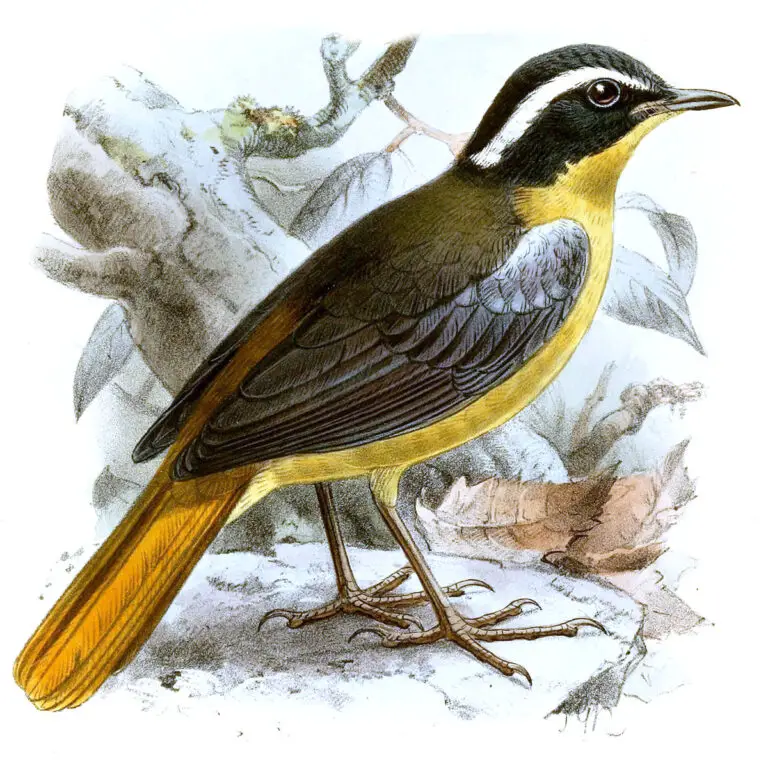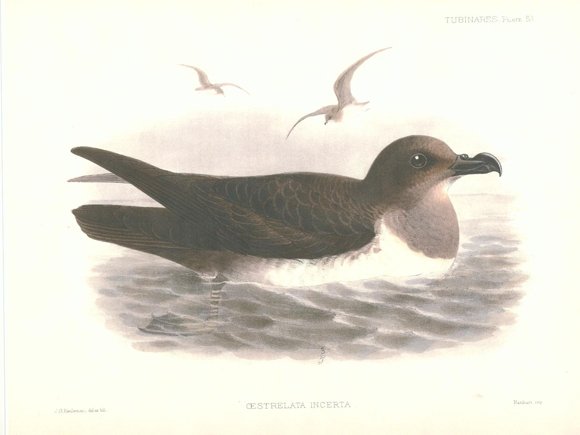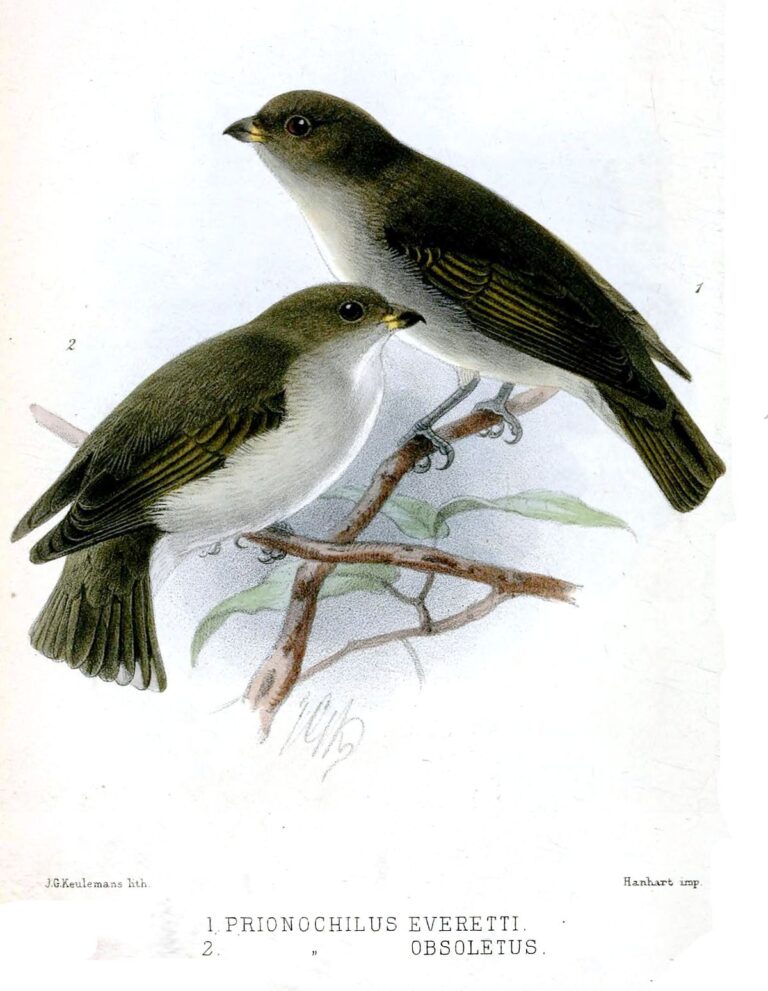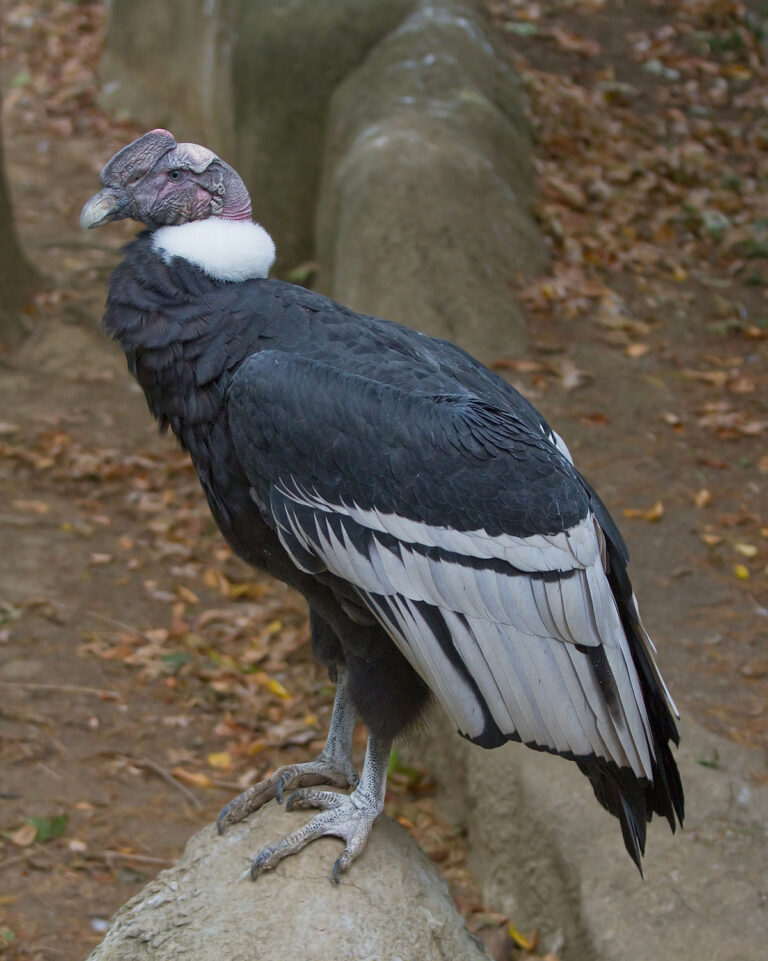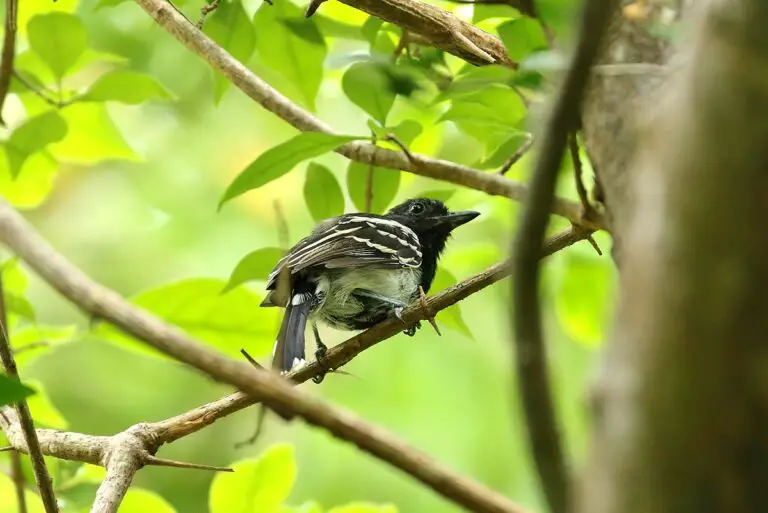Quetzal (Pharomachrus, Euptilotis)
“The tail feathers of the male can be 1m long!”
The quetzal, known for its vibrant plumage and cultural significance in Central American civilizations, holds a place in the scientific classification as follows:
- Kingdom: Animalia
- Phylum: Chordata
- Class: Aves
- Order: Trogoniformes
- Family: Trogonidae
- Genus: Pharomachrus (for most species), Euptilotis (for one species)
- Scientific Name: Pharomachrus (for most species), Euptilotis (for one species)
The quetzal’s conservation status is categorized as “Near Threatened,” reflecting concerns about its population size and habitat loss. This beautiful bird can be found in regions across Central America, North America, and South America.
Here’s a compilation of facts about the quetzal:
- Prey: Quetzals primarily feed on fruits, berries, and insects.
- Name of Young: The young quetzal is called a chick.
- Group Behavior: Quetzals are usually solitary birds.
- Fun Fact: The tail feathers of the male quetzal can reach up to 1 meter in length!
- Estimated Population Size: It’s estimated that there are around 50,000 quetzals.
- Biggest Threat: Habitat loss and capture pose significant threats to quetzal populations.
- Most Distinctive Feature: Their soft and deep but loud calls are one of their most distinctive features.
- Other Name(s): Quetzals are also known as “trogon.”
- Incubation Period: Quetzal eggs typically take 18 days to incubate.
- Age of Fledgling: Young quetzals usually fledge at around 4 weeks old.
- Habitat: Quetzals inhabit high and moist cloud forests.
- Predators: Squirrels, owls, and hawks are among the predators of quetzals.
- Diet: Quetzals are omnivores.
- Lifestyle: They are crepuscular, meaning they are most active during dawn and dusk.
- Common Name: The common name for this bird is quetzal.
- Number of Species: There are 6 species of quetzal.
- Location: Quetzals are found primarily in Central America.
- Average Clutch Size: A typical quetzal clutch consists of 2 eggs.
- Slogan: “The tail feathers of the male can be 1m long!”
- Group: Quetzals belong to the bird group.
Physical Characteristics:
- Color: Quetzals display a range of colors including brown, grey, red, blue, white, and green.
- Skin Type: They have feathers.
- Lifespan: Quetzals can live for 20 to 25 years.
- Weight: Their weight ranges from 200g to 225g (7oz – 8oz).
- Height: Quetzals typically measure between 35cm to 40.5cm (14in – 16in).
- Age of Sexual Maturity: Quetzals typically reach sexual maturity between 5 to 6 years of age.
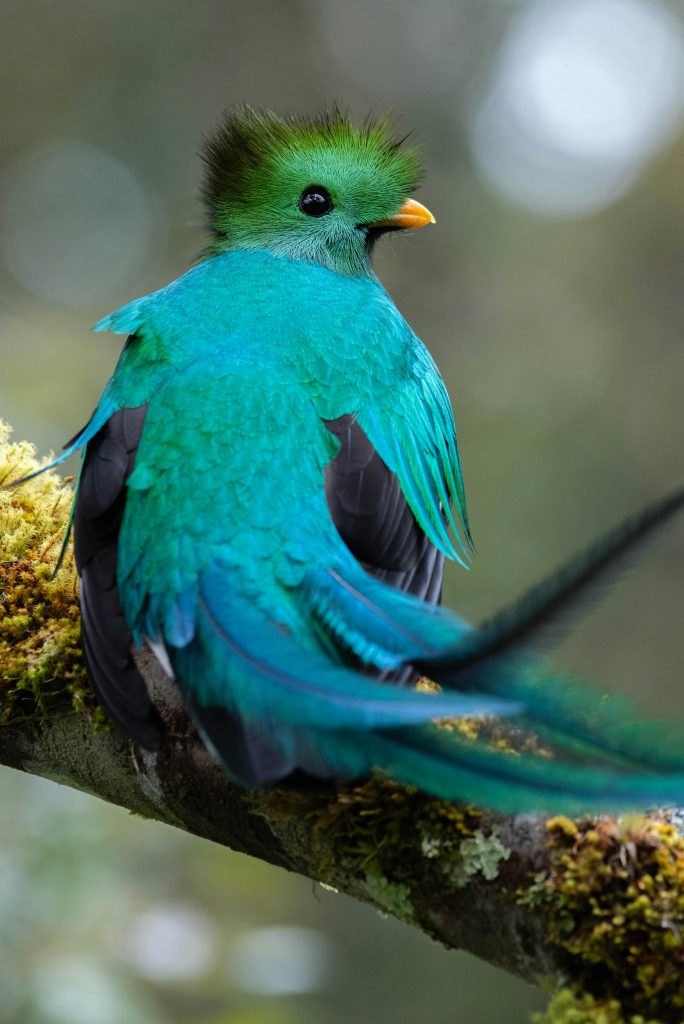
Classification and Evolution
The quetzal indeed captivates with its stunning appearance and cultural significance. Let’s delve a bit deeper into the different sub-species and their unique characteristics:
- Crested Quetzal: This sub-species, as its name suggests, is characterized by a crest on its head. It’s found in specific regions of Central America.
- Golden-headed Quetzal: Known for its distinctive golden head, this sub-species adds to the colorful diversity of quetzals in its range.
- White-tipped Quetzal: This sub-species showcases white tips on its plumage, adding a unique contrast to its appearance.
- Pavonine Quetzal: The pavonine quetzal is distinguished by its iridescent plumage, resembling the shimmering colors of a peacock’s tail feathers.
- Eared Quetzal: Named for the tufts of feathers resembling ears, this sub-species has its own charm within the quetzal family.
- Resplendent Quetzal: Arguably the most famous among the quetzal species, the resplendent quetzal is renowned for its resplendent plumage, especially the long, iridescent tail feathers of the males. This species holds deep cultural significance in the traditions of Mesoamerican civilizations.
Each sub-species contributes to the overall beauty and diversity of the quetzal family, making them truly remarkable inhabitants of the Central American rainforests.
Different Types
- White-tipped Quetzal: This sub-species is characterized by its white-tipped plumage, adding a striking contrast to its appearance. It inhabits specific regions of Central America and contributes to the diversity of quetzals in its range.
- Pavonine Quetzal: The pavonine quetzal stands out with its iridescent plumage, reminiscent of the shimmering colors seen on a peacock’s tail feathers. It adds a unique charm to the quetzal family with its vibrant hues.
- Crested Quetzal: As its name suggests, this sub-species sports a distinctive crest on its head. Found in certain parts of Central America, the crested quetzal adds to the variety of quetzals with its unique feature.
- Golden-headed Quetzal: Known for its striking golden head, this sub-species captivates with its vibrant coloration. It contributes to the allure of quetzals in its habitat range and is admired for its beauty.
- Eared Quetzal: The eared quetzal is named for the tufts of feathers resembling ears on its head. It possesses its own charm within the quetzal family and is found in specific regions of Central America.
- Resplendent Quetzal: Arguably the most famous among the quetzal species, the resplendent quetzal is renowned for its resplendent plumage, especially the long, iridescent tail feathers of the males. This species holds deep cultural significance in the traditions of Mesoamerican civilizations and is celebrated for its breathtaking beauty.
Each of these sub-species contributes to the diversity and beauty of the quetzal family, making them cherished inhabitants of the Central American rainforests.
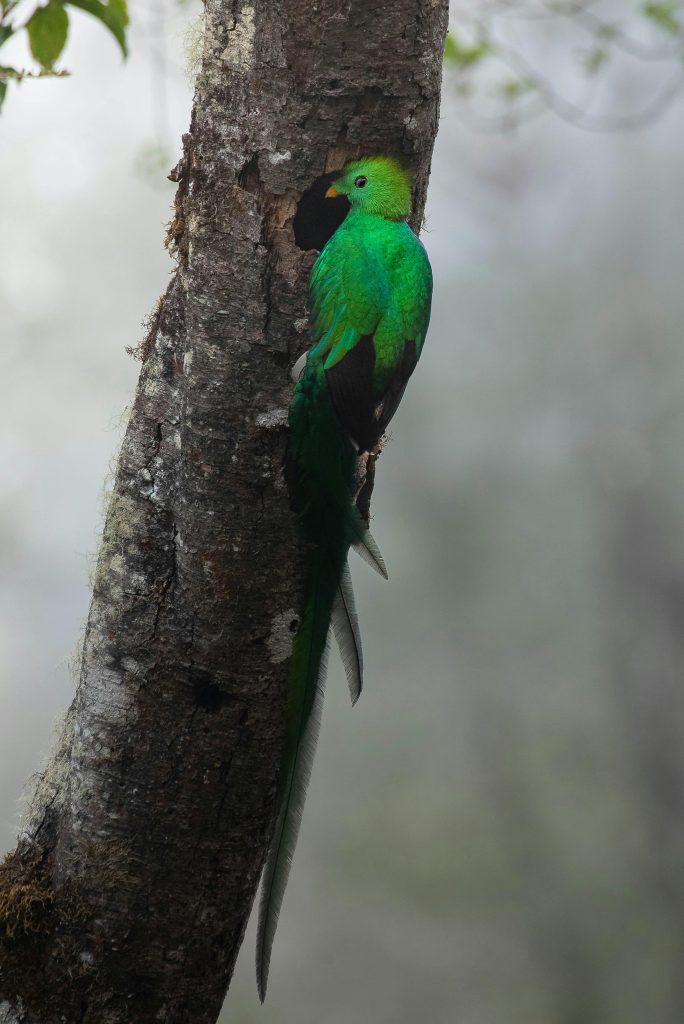
Anatomy and Appearance
The vivid colors and distinctive features of the quetzal truly make it a marvel of nature. Here’s a detailed look at its physical characteristics:
Males:
- Body Coloration: Males display a bright metallic green or blue hue on most of their bodies.
- Chest and Belly: The chest and belly of males are adorned with a deep red color.
- Crest: They have a tuft of golden green feathers forming a crest on top of their heads.
- Tail Feathers: The most iconic feature of male quetzals is their immensely long twin tail feathers, which can grow up to a meter in length.
Females:
- Body Coloration: Females exhibit similar coloration to males, but their plumage may not be as bright.
- Chest: The deep red of the chest in females is often much duller or even grey.
- Head: They have grey or bronze-colored heads edged with green.
Feet:
- Like other members of the Trogon family, the quetzal’s feet are unique. They have two toes facing forward and two backward on each foot, aiding them when perching high in the trees.
These stunning physical attributes contribute to the quetzal’s reputation as one of the most beautiful birds in the world, captivating observers with its iridescent colors and majestic presence in the lush forests of Central America.
Distribution and Habitat
The quetzal’s habitat preferences are closely tied to the unique environment of the mountainous rainforests of Central America. Here’s a closer look at its habitat and behavior:
Habitat:
- Location: Quetzals are found throughout the mountainous rainforests of Central America.
- Altitude: They prefer high mountain ranges at altitudes ranging from 4,000 to 10,000 feet.
- Vegetation: Quetzals inhabit moist, tropical forests characterized by dense vegetation and high moisture levels.
- Cloud Forests: Cloud forests are particularly suitable habitats for quetzals due to their high moisture levels, which result in dense fog. These foggy conditions provide an ideal environment for the quetzal’s survival.
Nesting Behavior:
- Nesting Sites: Quetzals typically nest in holes in trees, often close to the top of the canopy. They may either build these holes themselves using their powerful beaks or occupy abandoned nest sites, such as those left by woodpeckers.
- Camouflage: The striking plumage of the quetzal helps them blend seamlessly into the lush vegetation of their habitat, providing them with effective camouflage against predators and other threats.
By inhabiting these high-altitude, moist, and dense forests, quetzals have adapted to a specific niche within the ecosystem, where they play a vital role as both predators and prey, contributing to the intricate balance of their forest habitats.
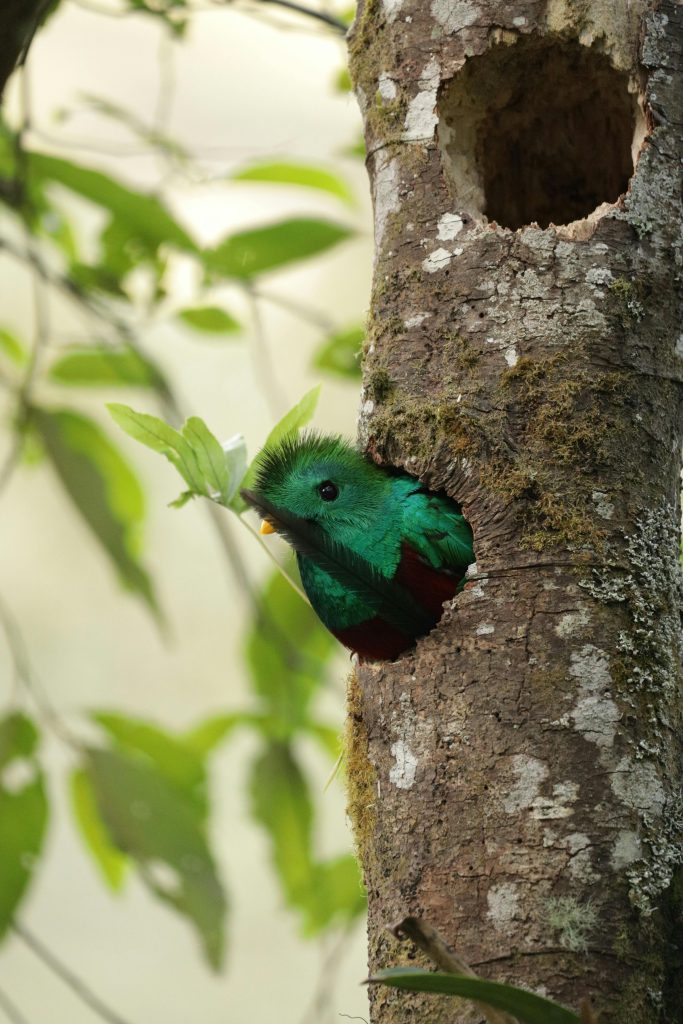
Behavior and Lifestyle
The behavior and vocalizations of the quetzal further add to its mystique in the rainforests of Central America. Here’s a breakdown of its behavior and vocal habits:
Activity Level:
- Inactivity: Quetzals are considered relatively inactive birds, often remaining perched high up in the tree canopy.
- Avoidance of Forest Floor: Their feet are poorly adapted for walking, so they tend to avoid the forest floor.
Perching and Vocalizations:
- Canopy Perching: Quetzals prefer to perch high in the tree canopy, where their striking appearance and distinctive calls can be observed.
- Distinctive Calls: They produce soft, deep calls that can be quite loud. These calls are nearly as distinctive as their appearance.
- Variety of Calls: Quetzals use different calls depending on the situation. They are most vocal during misty conditions at dawn and dusk, while they tend to remain quiet on sunny or windy days.
- Mating Season Calls: During the mating season, their calls are described as “whining.” Males tend to produce louder calls than females during this time.
- Territorial Calls: Quetzals also emit whistle-like calls at dawn and dusk to assert their territorial boundaries.
Through their vocalizations and behavior, quetzals communicate with one another, establish territories, and participate in the intricate social dynamics of their forest habitat. These unique traits contribute to their allure and significance in Central American ecosystems.
Reproduction and Life Cycles
The nesting behavior of quetzal birds involves utilizing their strong beaks to create holes in rotting trees where they can lay their eggs. Here’s a closer look at their nesting process and the development of their chicks:
Nesting Behavior:
- Nest Construction: Quetzals use their strong beaks to make holes in rotting trees, where they create their nests. These nests provide a secure and protected environment for their eggs and chicks.
- Incubation: The female quetzal typically lays between one and three eggs in the nest. Both the male and female take turns incubating the eggs, alternating roles. The male’s long tail feathers, which can grow up to 3 feet long, may stick out of the nest while he is incubating the eggs.
- Incubation Period: The incubation period lasts for up to three weeks, during which time the parents diligently care for the eggs, ensuring their safety and warmth.
Chick Development:
- Hatching: When the chicks hatch, they are born with their eyes closed and are entirely dependent on their parents for food and care.
- Parental Care: The parents feed the chicks until they are strong enough to move about on their own. This period of parental care is crucial for the chicks’ development and growth.
- Fledging: Quetzal chicks usually learn to fly by the time they are around three weeks old. Once they are confident enough in their flying abilities, they leave the nest to find their own territory. However, they may remain close to their father for the first few years of their lives, learning important survival skills and territorial behaviors.
Through this nesting process and parental care, quetzal chicks are nurtured and prepared for independence, ultimately contributing to the continuity of the species in their forest habitats.
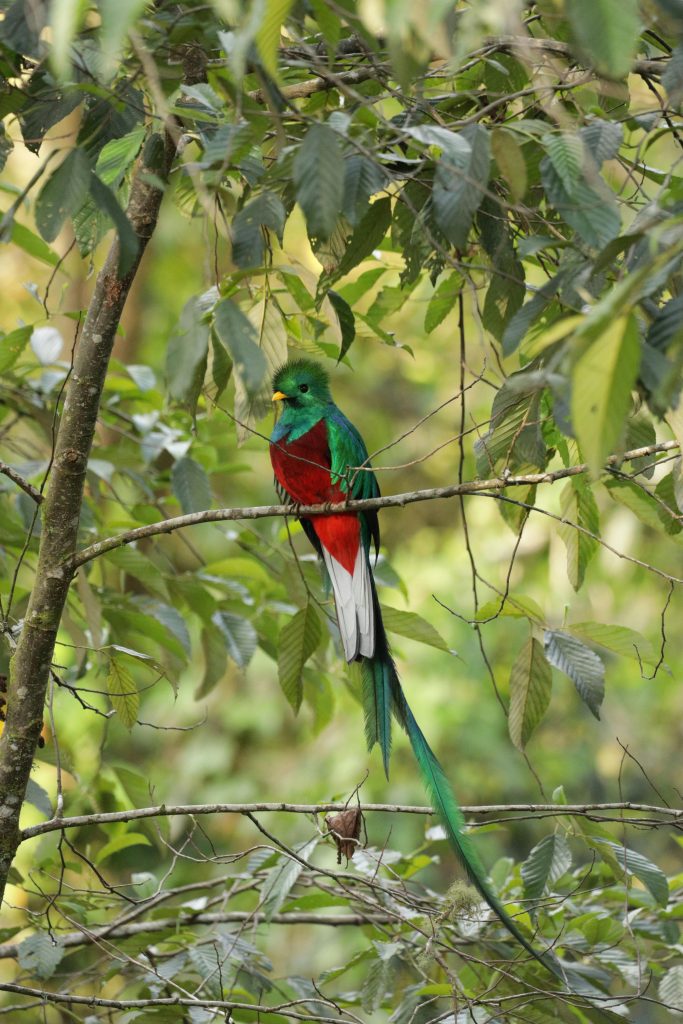
Diet and Prey
The quetzal’s omnivorous diet and hunting techniques contribute to its role in the ecosystem. Here’s a closer look at its feeding habits:
Diet:
- Fruit Preference: Quetzals have a predominantly fruit-based diet, with a particular fondness for small avocado-like fruits from the laurel family. They often gather in large numbers around fruiting trees to feed.
- Skilled Hunter: Quetzals are skilled hunters, capable of swooping down and catching prey while in flight. They may consume small animals such as insects, lizards, frogs, snails, and larvae when fruits are scarce.
- Nutritional Needs: By consuming a diverse range of food items, quetzals obtain the necessary nutrients to maintain their health and energy levels.
Ecological Role:
- Seed Dispersal: Quetzals play a vital role in the ecosystem by dispersing seeds from fruits and berries throughout the forest in their droppings. This process contributes to the regeneration of plant species and helps maintain biodiversity in the ecosystem.
Through their feeding habits, quetzals contribute to the health and balance of their forest habitat, acting as both predators and seed dispersers. Their role in the ecosystem highlights the interconnectedness of species and the importance of biodiversity in maintaining healthy ecosystems.
Predators and Threats
The quetzal’s unique characteristics and vulnerabilities make it susceptible to predation and human-induced threats. Here’s a closer look at these factors:
Flight and Predation:
- Flight Behavior: While the quetzal’s colorful feathers provide good camouflage in the forest, they are not particularly strong flyers. Instead, they rely more on hopping between branches.
- Vulnerability to Predation: Due to their limited flight abilities, quetzals are relatively easy prey for other tree-dwelling animals. Mammals such as the kinkajou, as well as squirrels and birds of prey like hawks and owls, may prey upon them.
Human-Induced Threats:
- Habitat Loss: The primary threat to quetzal populations is habitat loss due to human activities such as deforestation, agriculture, and urban development. As human settlements encroach further into their native habitats, quetzals lose vital forested areas essential for their survival.
- Captivity: Quetzals are also commonly captured to be kept in captivity as tourist attractions. However, few survive in captivity due to the specialized care and habitat requirements they need. This practice further diminishes wild populations and disrupts their natural behaviors.
Addressing these threats requires conservation efforts aimed at preserving and restoring the quetzal’s forest habitat, as well as implementing measures to combat illegal capture and trade. Protecting the quetzal and its ecosystem not only safeguards this iconic bird but also helps maintain the health and biodiversity of Central American forests.
Interesting Facts and Features
The growth and significance of the quetzal’s tail feathers, along with its cultural importance, add to the mystique of this iconic bird. Here’s a closer look at these aspects:
Tail Feather Growth:
- Timing: The incredibly long tail feathers of the male quetzal do not begin to grow until they are at least three years old. Many individuals may not reach sexual maturity, which often coincides with the development of these tail feathers, until they are nearly six years old.
- Distinctive Trait: The male quetzal’s long tail feathers are a defining characteristic and play a significant role in courtship displays and mate attraction.
Cultural Significance:
- National Symbol: The resplendent quetzal, often referred to as the Guatemalan quetzal, holds deep cultural significance in Guatemala. It is the nation’s national symbol and features prominently in indigenous mythology and folklore.
- Currency: The quetzal is also the name of the currency used in Guatemala, further highlighting the bird’s importance in the country’s identity and heritage.
Taxonomic Classification:
- Trogon Family: The quetzal belongs to the Trogon family of birds, which derives its name from the Greek word “trogon,” meaning “gnawing.” This name reflects a distinctive trait of these birds, although it’s unclear why they were given this designation.
The quetzal’s growth, symbolism, and classification underscore its significance not only as a biological marvel but also as a cultural icon deeply intertwined with the history and identity of Guatemala.
Relationship with Humans
The reverence for the quetzal among ancient civilizations such as the Aztecs and Maya, along with its cultural significance and current conservation challenges, highlight its enduring importance. Here’s a closer look at these aspects:
Cultural Significance:
- Sacred Animal: The quetzal held sacred status among ancient native peoples, including the Aztecs and Maya. It was revered as a symbol of divinity, freedom, and wealth, often associated with gods and royalty.
- Rare Jewel Bird of the World: The quetzal was aptly referred to as “The Rare Jewel Bird of the World” due to its stunning beauty and rarity, symbolizing the preciousness of nature’s creations.
- Depiction in Art: The quetzal was frequently depicted in native art, including pottery, sculptures, and murals, reflecting its significance in the cultural and spiritual beliefs of these civilizations.
Use of Tail Feathers:
- Symbol of Royalty: The long, bright tail feathers of male quetzals were highly prized and used in garments worn by royalty, symbolizing power, prestige, and divine connection.
Conservation Challenges:
- Declining Numbers: Despite its treasured status, quetzal populations are declining due to various threats, including habitat destruction caused by human interference and capture for captivity.
- Conservation Efforts: Efforts to protect and conserve quetzals are ongoing, with initiatives focused on habitat preservation, anti-poaching measures, and raising awareness about the importance of these birds in ecosystems and cultures.
While the quetzal remains a cherished species in countries like Guatemala and Costa Rica, its survival is increasingly threatened by anthropogenic activities. Preserving the quetzal and its habitats is not only crucial for biodiversity conservation but also for honoring its rich cultural heritage and significance.
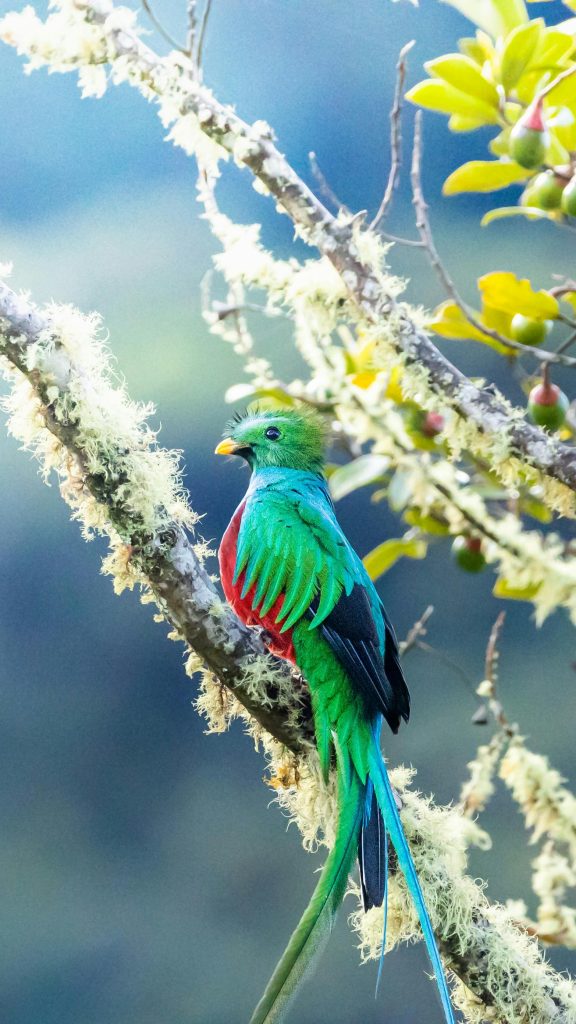
Conservation Status and Life Today
The status of the quetzal as a threatened species highlights the urgent need for conservation efforts to protect its habitat and populations. Here’s a closer look at the current challenges facing the quetzal:
Threatened Status:
- Population Decline: Quetzal populations in their distinctive habitats have been falling, leading to their classification as a threatened species.
- Habitat Loss: One of the primary drivers of population decline is habitat loss due to deforestation, urbanization, and agricultural expansion, which fragment and degrade quetzal habitats.
- Capture for Captivity: Quetzals are becoming popular tourist attractions for bird watchers and animal institutions. However, they do not thrive well in captivity, leading to a demand for wild-caught quetzals. This practice further exacerbates population declines as individuals are captured from the wild.
Conservation Challenges:
- Protected Areas: While there are protected areas where quetzals cannot be disturbed, these areas may not provide sufficient protection against habitat loss and illegal capture.
- Captive Breeding: Efforts to breed quetzals in captivity have been challenging due to their specialized habitat and dietary requirements. Successful captive breeding programs are crucial for reducing the pressure on wild populations.
Conservation Efforts:
- Habitat Protection: Conservation organizations are working to establish and expand protected areas, preserve critical habitat corridors, and restore degraded habitats to safeguard quetzal populations.
- Anti-Poaching Measures: Increasing enforcement against illegal capture and trade of quetzals is essential to reduce the pressure on wild populations.
- Community Engagement: Involving local communities in conservation efforts, promoting sustainable land management practices, and raising awareness about the importance of quetzals in ecosystems and cultures are vital aspects of conservation strategies.
By addressing these challenges and implementing effective conservation measures, there is hope for the preservation of quetzal populations and their unique habitats for future generations to admire and cherish.
Conclusion
The quetzal, with its breathtaking beauty, cultural significance, and ecological importance, stands as a symbol of the intricate connection between nature and human culture in Central America. However, facing threats such as habitat loss and illegal capture, the quetzal’s survival is at risk. Urgent conservation efforts are needed to protect its habitats, combat poaching, and raise awareness about the importance of preserving this iconic bird. By safeguarding the quetzal and its environment, we not only protect a species but also uphold the rich cultural heritage and biodiversity of the region for generations to come.
